|
Jean Girou, L’Itinéraire en Terre d’Aude (1936)
Paul Smith
Revised 3 January 2015
Jean Girou wrote in L’Itinéraire en Terre d’Aude (1936. page 169): ‘At the exit from Couiza a road rises steeply to the left – that's the road to Rennes-le-Château. Outlined against the ridge of the plateau is a most unusual sight: ruined houses and a dilapidated feudal castle overhang – and are partly mixed up with – the chalk-cliff. Then we see villas and towers with verandahs, which are new and modern and which form a strange contrast with the ruins. This is the house of a priest who built these sumptuous living-quarters with the money from a discovered treasure – or so the locals say anyway!’(A la sortie de Couiza, une route monte vivement à gauche, c’est le chemin de Rennes-le-Château, sur l’arête du plateau, se découpe un décor singulier: des maisons en ruine, un château féodal délabré, surplombent et se confondent avec la falaise calcaire, puis des villas, des tours à véranda, neuves et modernes contrastent étrangement avec ces ruines: c’est la maison d’un curé qui aurait bâti cette demeure somptueuse avec l’argent d’un trésor trouvé, disent les paysans!)
Girou's reaction to this story reveals that he did not take it seriously or believe it himself and regarded it as a joke.
Auguste de Labouïsse-Rochefort referred to a 'Devil's Treasure' existing at Mount Blanchefort, close to the village of Rennes-le-Château in his 1832 book Voyages à Rennes-les-Bains.
Local historian Louis Fédié alleged a Visigothic treasure was deposited at Mount Blanchefort in his 1880 book Le Comté de Razès et le diocèse d'Alet (without giving any historical references).
These accounts by Labouisse-Rochefort and Louis Fédié could have inspired the story reported by Jean Girou and it was a pity that he did not give more details about the villagers concerned.
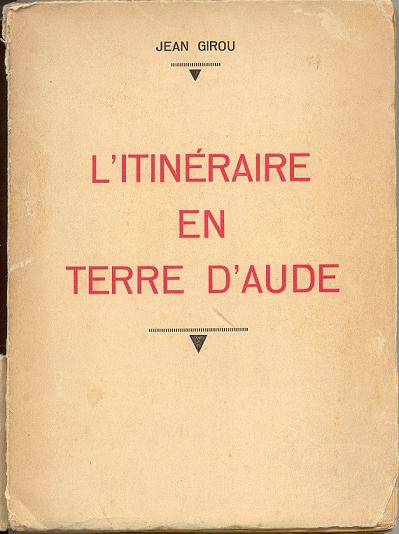
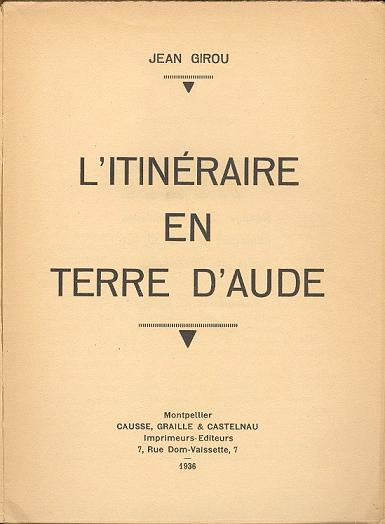
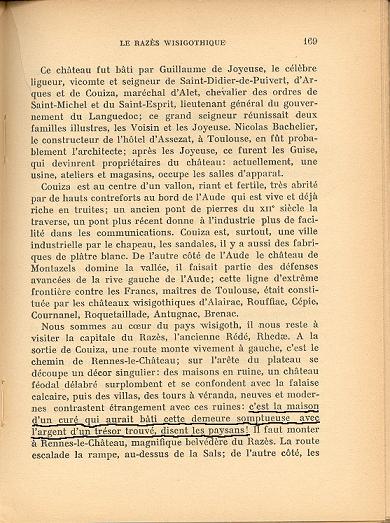
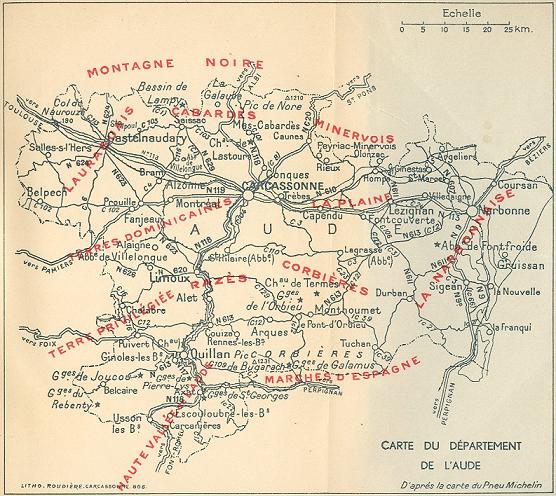
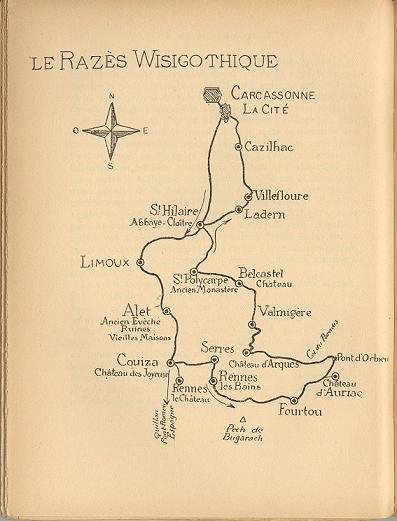
priory-of-sion.com
|




